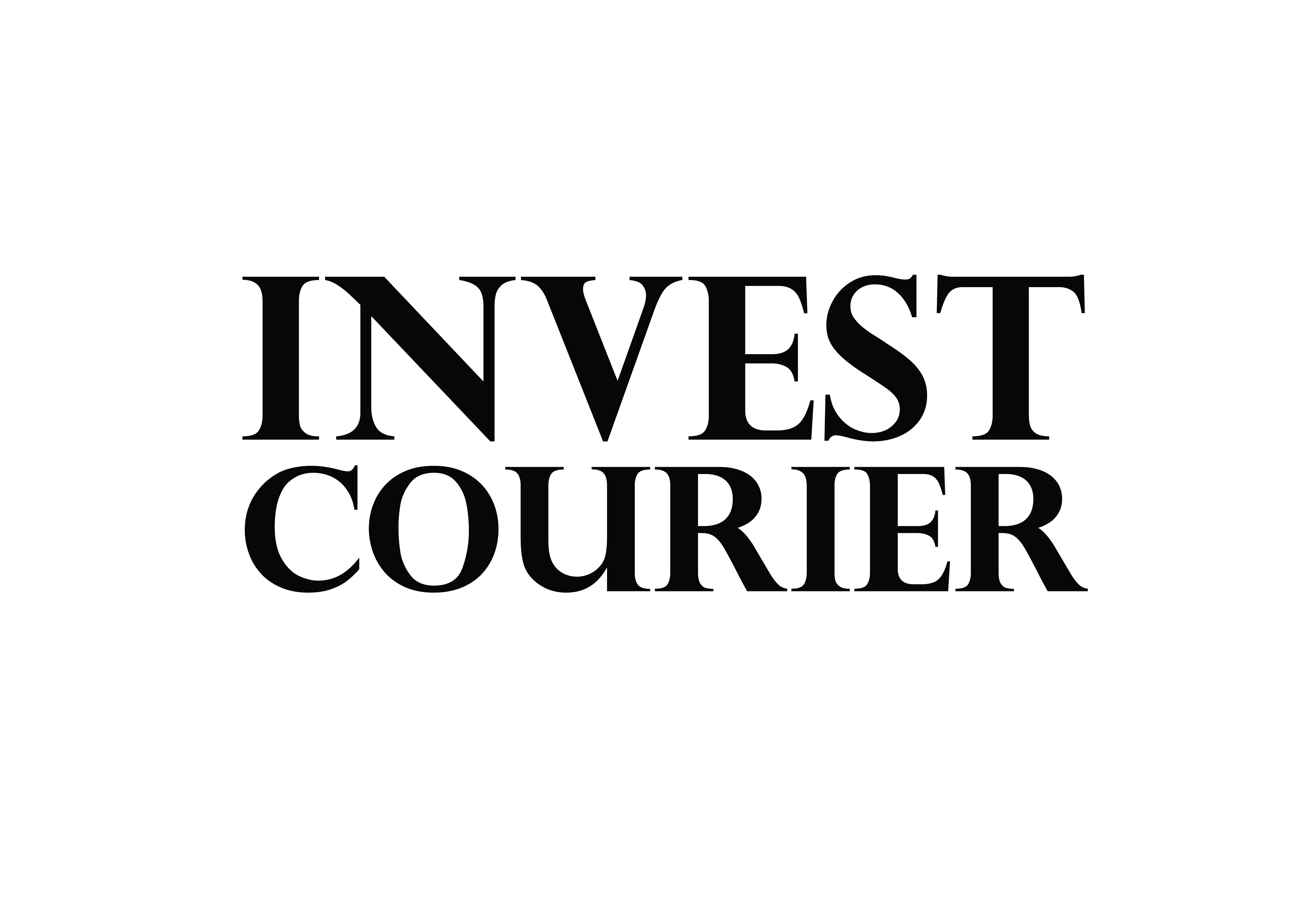Have you noticed movie tickets, groceries, and housing costs climbing higher? These everyday expenses are a clear sign of rising cost living. What used to buy a full cart of groceries now barely covers half. This is more than just sticker shock—it’s a silent threat to your financial security.
Over time, purchasing power erodes. Think about it: $100 today buys less than it did five years ago. This slow but steady decline can chip away at your savings, leaving you with less than you planned for the future. It’s a challenge many face, but there are ways to stay ahead.
This article explores practical strategies to shield your money from the effects of inflation. From high-yield accounts to diversified investments, you’ll find actionable tips to keep your savings growing. Let’s tackle this issue head-on and secure your financial future.
Understanding Inflation and Its Effects on Your Savings
Prices seem to climb quietly, but their effects are loud and clear. This gradual increase in the cost of goods services is known as inflation. It’s like a sneaky price creep that affects everything from groceries to housing.
For example, a loaf of bread that cost $2.97 last year might now cost $3 with just a 1% rate of inflation. While this seems small, it adds up over time, chipping away at your purchasing power.
What is Inflation?
Inflation measures how much more expensive goods services become over time. The Federal Reserve aims for a 2% annual rate, but recent spikes have reached 7-8%. This means your money buys less than it used to.
How Inflation Erodes Your Purchasing Power
Imagine you have $100,000 in savings. At a 7% rate of inflation, that money loses $7,000 in value each year. Over time, this can significantly impact your financial goals.
Another subtle effect is shrinkflation—when products get smaller but prices stay the same. This psychological trick makes it harder to notice how much more you’re paying for less.
By understanding inflation and its effects, you can take steps to protect your purchasing power and secure your financial future.
The Impact of Inflation on Your Savings Account
Your savings account might not be keeping up with rising costs. While it’s a safe place to store money, low interest rates often fail to match inflation rates. This means your money could lose value over time, even if the balance stays the same.
Why Low-Interest Savings Accounts Fall Short
The national average for savings accounts is just 0.46% APY. If inflation rates are at 2%, your money loses 1.54% of its value each year. For example, $10,000 in a savings account earns $46 in interest but loses $700 to inflation. Over a decade, this gap widens significantly.
Using the Rule of 72, you can see how long it takes for your money to double. At 0.46%, it would take 156 years. Meanwhile, inflation at 2% halves your purchasing power in just 36 years. This makes low-yield accounts a poor choice for long-term growth.
Real-Life Example: The Cost of a Movie Ticket Over Time
In 2005, a movie ticket cost $6.41. By 2023, the price jumped to $11.23—a 75% increase. This rise reflects how inflation rates affect everyday expenses. If your savings account doesn’t grow at a similar pace, you’ll struggle to afford the same lifestyle.
“Inflation is the silent thief that steals the value of your money.”
Emergency funds are especially vulnerable. While they provide financial security, their value erodes over time. To combat this, consider high-yield options like Synchrony Bank’s 4.25% APY account. This helps your money grow faster than inflation rates.
How Inflation Impacts Your Long-Term Financial Goals
Planning for the future feels harder when prices keep rising. Whether it’s retirement, college, or buying a home, inflation can make these milestones more challenging to achieve. Let’s explore how it affects your long-term plans and what you can do to stay on track.
Retirement Savings and Inflation
Your retirement funds may not stretch as far as you think. The 4% withdrawal rule, a common retirement strategy, might need adjustments. For example, $1 million saved today could lose significant value in 20 years due to inflation. At 3% inflation, it’s worth about $550,000 in 2043 dollars. At 7%, it drops to just $250,000.
To combat this, consider diversifying your investments. Stocks, bonds, and real estate can help your money grow faster than inflation. Regularly reviewing your retirement plan ensures it stays aligned with your goals.
College Funds and Down Payments
College tuition costs rise 6-8% annually, while savings accounts grow at just 2%. This gap can leave your 529 plan short. For example, saving $200 a month for 18 years might cover only half of today’s tuition costs.
Buying a home is also affected. A $50,000 down payment today may lose purchasing power over time. Laddered CDs can help. By spreading your savings across multiple CDs with different maturity dates, you earn higher interest while keeping funds accessible for your goals.
“Inflation doesn’t just raise prices—it raises the stakes for your financial future.”
By understanding these challenges, you can take proactive steps to protect your long-term plans. Adjusting your strategies now ensures your dreams remain within reach.
Key Indicators of Inflation in the United States
Understanding inflation starts with tracking key indicators. The government uses tools like the Consumer Price Index (CPI) and Cost of Living Adjustments (COLA) to measure rising costs. These metrics help you see how prices affect daily life and long-term plans.
The Consumer Price Index (CPI)
The CPI tracks price changes for a basket of goods services. It’s divided into categories like housing (32%), food (12%), and medical care (8%). This breakdown shows where costs rise the most.
There’s a difference between core CPI and headline CPI. Core CPI excludes volatile items like food and energy, giving a clearer picture of long-term trends. Headline CPI includes all items, reflecting immediate price changes.
For example, in 2023, the CPI-W—used to calculate Social Security adjustments—rose significantly. This increase directly impacts cost living adjustments for seniors.
Social Security and Cost of Living Adjustments (COLA)
COLA helps Social Security benefits keep up with rising prices. In 2023, beneficiaries saw an 8.7% increase—the largest in decades. This adjustment aims to protect purchasing power for retirees.
However, COLA doesn’t always match actual expenses. For instance, Medicare Part B premiums can offset these gains. Seniors often find their budgets stretched despite higher benefits.
“COLA adjustments are essential, but they don’t always cover the full cost of living for seniors.”
Alternative measures like the Producer Price Index (PPI) and Personal Consumption Expenditures (PCE) also track inflation. PPI focuses on wholesale prices, while PCE includes a broader range of expenses. Together, these tools provide a comprehensive view of rate inflation trends.
- CPI: Tracks consumer prices for goods and services.
- COLA: Adjusts Social Security benefits based on CPI-W.
- PPI and PCE: Offer additional insights into inflation trends.
By understanding these indicators, you can better navigate the financial challenges posed by rising costs.
Causes of Inflation: What Drives Prices Up?
Ever wondered why prices keep climbing year after year? Several factors contribute to this upward trend, from increased consumer demand to disruptions in the supply chain. Understanding these causes can help you better navigate the financial landscape.
Demand-Pull Inflation
When there’s more demand for goods services than supply, prices rise. This is known as demand-pull inflation. For example, post-pandemic travel demand surged, but airline staffing shortages created a supply constraint, driving ticket prices higher.
Stimulus checks during the pandemic also played a role. They boosted consumer spending, increasing demand for everything from electronics to home goods. When demand outpaces supply, prices naturally climb.
Supply Chain Disruptions and Their Role
Disruptions in the supply chain can also drive prices up. The COVID-era container ship backlog is a prime example. Ships stuck at ports delayed deliveries, creating shortages and higher costs for consumers.
The 2022 baby formula crisis is another case. A major factory shutdown led to scarcity, forcing parents to pay premium prices. Similarly, the Russia/Ukraine war disrupted global energy supplies, causing gas prices to spike.
“Supply chain issues don’t just delay products—they drive up costs for everyone.”
Modern automation has changed the game compared to the 1970s wage-price spiral. While wages and prices once fed off each other, automation now helps control some costs. However, new factors like greedflation—where corporations raise prices to boost profits—add another layer of complexity.
For more insights on these trends, check out this analysis on inflation trends.
Monetary Policy and Inflation Control
Ever thought about who controls the rising costs of everyday life? The Federal Reserve, often called the Fed, plays a crucial role in managing economic stability. Through monetary policy, it aims to balance employment and price stability, ensuring the economy runs smoothly.

The Federal Reserve’s Role in Managing Inflation
The Fed has a dual mandate: maximize employment and maintain stable prices. It targets a 2% rate of inflation, measured by the Personal Consumption Expenditures (PCE) index. When prices rise too quickly, the Fed steps in to cool the economy.
From 2022 to 2023, the Fed raised interest rates from 0.25% to 5.5%. These hikes aim to reduce spending and borrowing, slowing down inflation. However, higher rates can also slow economic growth, creating a delicate balance.
How Interest Rates Affect Inflation
Interest rates influence everything from mortgages to credit cards. For example, a $300,000 mortgage at 3% costs $1,265 monthly. At 7%, it jumps to $1,996. This increase can deter homebuyers, reducing demand and slowing price growth.
The Fed also uses tools like quantitative tightening, where it reduces the money supply by selling assets. This contrasts with quantitative easing, which injects money into the economy. Both strategies aim to stabilize the market.
“The inverted yield curve often signals an upcoming recession, warning investors to prepare for economic shifts.”
Higher interest rates also affect credit cards and home equity lines of credit (HELOCs). The prime rate, which banks use to set these rates, rises with Fed hikes. This makes borrowing more expensive, encouraging consumers to spend less.
- The Fed’s dual mandate: employment and price stability.
- Rate hikes from 0.25% to 5.5% in 2022-2023.
- Quantitative tightening vs. easing: tools to control the economy.
By understanding these mechanisms, you can better navigate the financial landscape and make informed decisions.
How to Safeguard Your Savings Against Inflation
Rising costs can feel overwhelming, but there are ways to protect your money. By choosing the right types of accounts, you can keep your funds growing despite economic challenges. Let’s explore some effective options.
High-Yield Savings Accounts
High-yield savings accounts offer significantly higher interest rates than traditional ones. For example, Ally Bank and Discover provide rates around 4.25%, while Synchrony Bank offers 4.5%. These accounts are ideal for emergency funds or short-term goals.
With online access, managing your account is convenient. Plus, FDIC insurance protects deposits up to $250,000, ensuring your money is safe. This makes high-yield accounts a smart choice for balancing growth and security.
Money Market Accounts
Money market accounts combine the benefits of savings and checking accounts. They offer higher interest rates and often include check-writing privileges. This flexibility makes them perfect for those who need easy access to their funds.
For instance, some money market accounts provide rates up to 3.75%. They’re a great option for managing everyday expenses while earning more on your balance. Learn more about these strategies in our guide on investment strategies.
Certificates of Deposit (CDs)
CDs are another excellent way to grow your savings. They offer fixed interest rates for a set term, providing stability. For example, a 5-year CD might offer 4.8%, compared to 1.5% for shorter terms.
Consider a CD ladder by splitting $10,000 across terms from 6 months to 5 years. This strategy ensures regular access to funds while maximizing returns. No-penalty CDs add flexibility, allowing early withdrawals without fees.
For larger deposits, jumbo CDs offer even higher rates. Synchrony Bank’s 24-month bump-up CD lets you increase your rate once during the term, making it a versatile choice for long-term savings.
Investing to Beat Inflation
Keeping your money growing despite rising costs is possible with the right strategies. By choosing the right investments, you can protect your wealth and even see it grow. Let’s explore some options that can help you stay ahead.
Treasury Inflation-Protected Securities (TIPS)
TIPS are government bonds designed to protect against rising prices. Their principal adjusts based on the Consumer Price Index (CPI). This means your investment grows with inflation, ensuring your purchasing power remains intact.
For example, if inflation rises by 3%, the principal of your TIPS increases by the same percentage. This adjustment happens every six months, providing a reliable hedge against economic shifts.
Government I Bonds
I Bonds are another excellent option. They offer a composite rate that combines a fixed rate with an inflation-adjusted rate. In 2022, the peak rate reached an impressive 9.62%, making them a standout choice for many investors.
The formula for the composite rate ensures your returns keep pace with rising costs. This makes I Bonds a low-risk way to protect your money while earning steady interest.
Stocks, Mutual Funds, and ETFs
Investing in stocks can provide higher returns over time. The S&P 500, for instance, has historically averaged a 10% annual return. Consumer staples ETFs, like XLP, are particularly resilient during inflationary periods.
Real Estate Investment Trusts (REITs) also offer a hedge against inflation. As property values rise, so do the returns from REITs. Dividend growth stocks are another solid choice, as they tend to increase payouts over time, maintaining their value even as costs rise.
“Diversifying your portfolio with inflation-resistant assets ensures your wealth grows steadily, no matter the economic climate.”
By incorporating these strategies into your financial plan, you can safeguard your money and achieve long-term growth. Whether it’s TIPS, I Bonds, or stocks, there’s an option that fits your goals and risk tolerance.
Building a Diversified Investment Portfolio
Creating a solid financial plan starts with smart investment choices. One of the best ways to protect your funds is by diversifying your portfolio. This strategy helps balance risk and reward, ensuring your money grows steadily over time.

Diversification spreads your investments across different asset classes. This reduces the impact of market volatility on your power savings. For example, a 60/40 portfolio—60% stocks and 40% bonds—historically balances growth and stability.
Why Diversification Matters
Diversification minimizes risk. If one investment performs poorly, others may offset the loss. During the 2008 financial crisis, diversified portfolios recovered faster than concentrated ones. Similarly, in 2020, those with a mix of assets saw less severe declines.
Age-based allocation formulas can guide your strategy. A common rule is to subtract your age from 110 to determine the percentage of stocks in your portfolio. For example, at 40, you might allocate 70% to stocks and 30% to bonds.
How to Allocate Assets Based on Risk Tolerance
Your risk tolerance plays a key role in asset allocation. Younger investors often take more risks for higher returns, while older investors prioritize stability. Robo-advisors can help create inflation-adjusted portfolios tailored to your goals.
Gold is another valuable addition to a diversified portfolio. Allocating 5-10% to gold can hedge against economic uncertainty. It’s a tangible asset that often retains value during market downturns.
“Diversification is not about eliminating risk—it’s about managing it wisely.”
Active and passive management strategies also differ. Active management involves frequent trading to outperform the market, while passive management tracks market indexes. Passive strategies often have lower fees, making them a cost-effective choice for long-term investors.
- 60/40 portfolio: Balances stocks and bonds for steady growth.
- Age-based allocation: Adjusts stock percentage based on your age.
- Gold allocation: Adds stability with 5-10% in gold.
- Robo-advisors: Create personalized, inflation-adjusted portfolios.
By building a diversified portfolio, you can protect your investments from inflation impacts savings and achieve long-term financial success.
Conclusion: Taking Action to Protect Your Savings
Financial security starts with small, consistent steps. Begin by assessing your current situation. Reallocate funds to high-yield accounts or diversified investments. Monitor progress regularly to stay on track.
Start with a $500 boost to your emergency savings. This simple step can provide a buffer against unexpected costs. Over time, these small changes add up, helping you regain control of your finances.
Schedule quarterly financial checkups. This habit ensures your plan adapts to changing needs. Avoid panic moves, like cashing out your 401k, which can derail long-term goals.
The bottom line? Taking action now protects your home and future from the inflation impact. With a clear plan, you can build confidence and financial stability.
For more tips on building a safety net, explore our guide on emergency savings.


